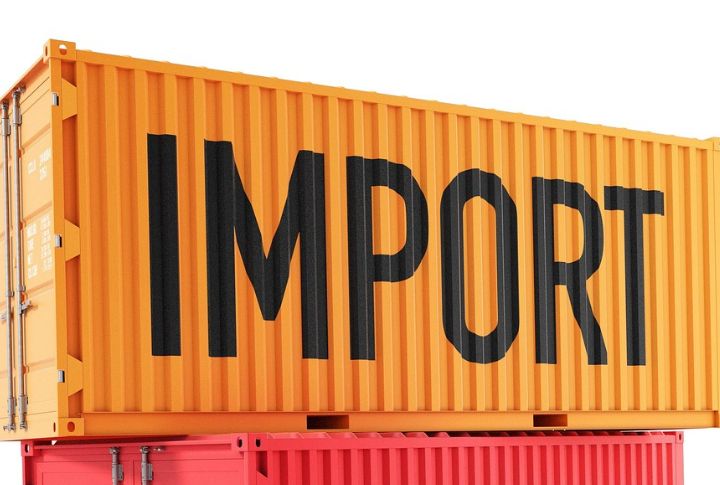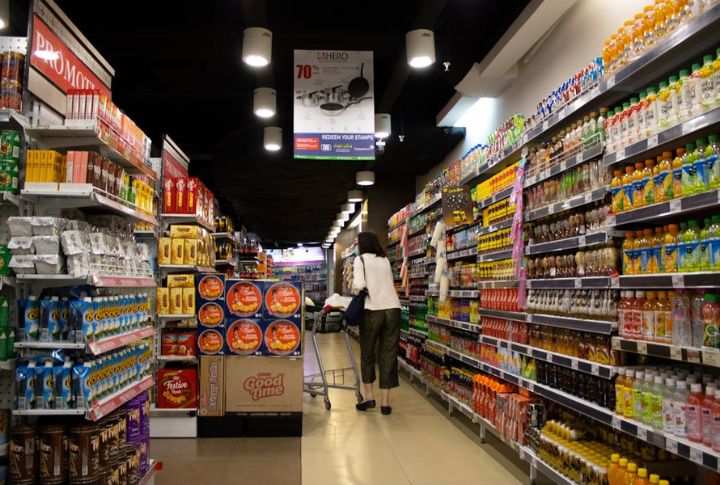
Trade policies might seem distant from your daily life, but their effects are closer than you think. When governments impose tariffs on foreign products, businesses adjust their prices, and consumers bear the burden. Be it food or fuel, these policies shape household expenses in ways that aren’t always obvious. Here’s everything you should know.
What Are Tariffs?

An import duty is a tax placed on goods coming from other countries. When a nation enforces these levies, foreign products become more expensive. The goal is to encourage local purchases and shield domestic industries from cheaper competition. While this benefits some businesses, it also raises costs for consumers.
How Trade Levies Affect Prices

Think taxes on imports only impact businesses? Think again. When companies pay more for foreign materials, they pass those costs to customers. Higher steel tariffs raise manufacturing expenses, leading to pricier cars and home appliances. Over time, these increases make everyday goods less affordable.
Job Protection Vs. Job Loss

Trade restrictions are meant to protect jobs by making imports less competitive. Higher textile tariffs help local factories stay afloat, but businesses relying on foreign supplies, like automakers, face rising costs and may cut jobs. While some industries gain, others contract under the pressure of increased expenses.
The Hidden Cost Of Trade Wars

Countries don’t take import taxes lightly. If one government imposes restrictions, another often responds with its own. This back-and-forth—called a trade war—can make everyday products more expensive worldwide. For instance, a levy on electronics can lead to higher costs on unrelated goods as tensions escalate.
Higher Costs On Everyday Essentials

Trade barriers don’t just impact luxury goods; they also hit food, fuel, and clothing. A tax on imported produce raises grocery prices across the board. Why? Retailers adjust pricing to stay competitive. Even if you’re buying locally, the overall cost of living climbs.
Who Gains From Import Tariffs?

Not everyone sees these policies as bad news. Domestic manufacturers often gain a competitive edge, helping them expand. Governments also collect revenue from these taxes and fund public projects. However, for everyday shoppers, the trade-off usually means higher price tags.
How Shoppers Adapt

When trade barriers drive up costs, consumers adjust. Many switch to alternative products, buying secondhand, or delaying big-ticket purchases. Some businesses look for suppliers from untaxed regions, but restructuring supply chains takes time. In the short term, everyday budgets feel the squeeze.
Import Taxes And Inflation

Rising tariffs contribute to inflation by making goods and services more expensive. When businesses face higher prices, they raise costs to maintain profits. These imposed duties don’t just affect groceries and electronics; they trickle down to transportation, housing, healthcare, and overall cost of living.
Are These Taxes Permanent?

Trade policies shift based on political and economic goals. Some duties last for decades, while others are temporary measures. International trade agreements can reduce or eliminate them, but policy changes can be unpredictable. Consumers often notice price fluctuations before they hear about policy updates.
The Ripple Effect On Household Budgets

Rising tariffs will ultimately alter spending power. When essential goods become more expensive, families adjust by reallocating budgets. This often reduces savings or discretionary spending. And such a strain can lead to higher debt reliance, making long-term financial stability harder to maintain.
